HR-technologies in Russia: expectation and reality
We started our blog with dessert, telling you that week how beautiful, high-tech and cool HR tools are. But it just so happens that this is a blog about HR-technologies in Russia, so we devote a new article to the realities and expectations from HR-tech in Russia and how difficult it is to turn this market around.
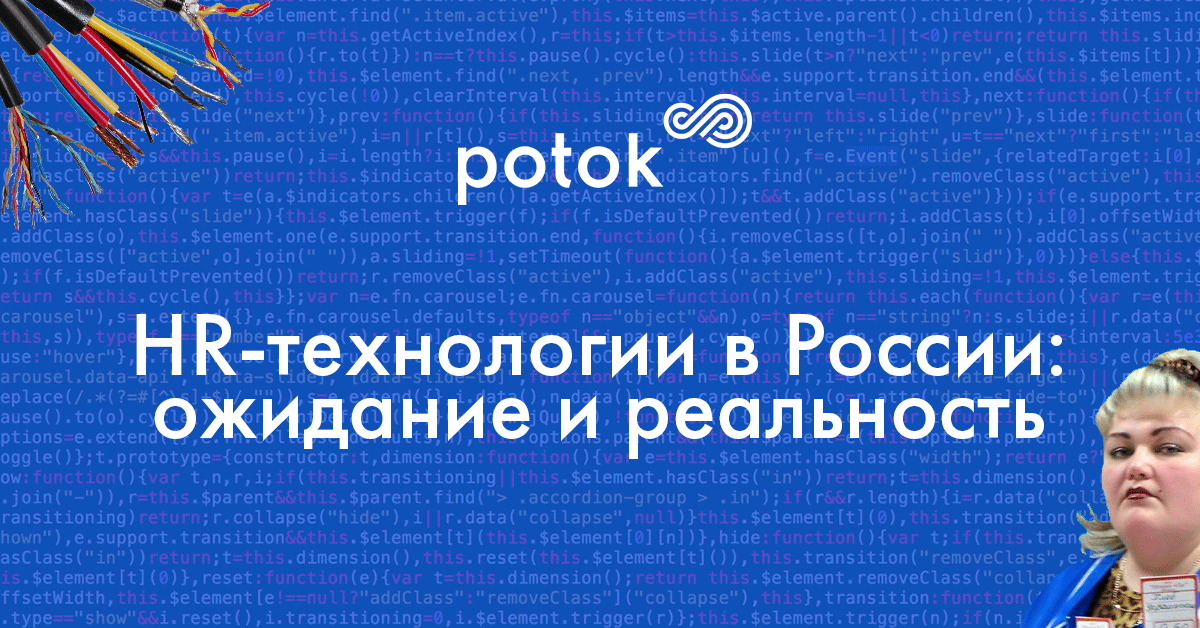
The first significant difference in the market for HR technologies in the world and in Russia is the scale. We must very soberly assess the possibility of the emergence of some fundamentally new technologies where there is diversity and where it does not exist.
Just look at the two eco-systems (not all companies are here, but that's not the point):
')
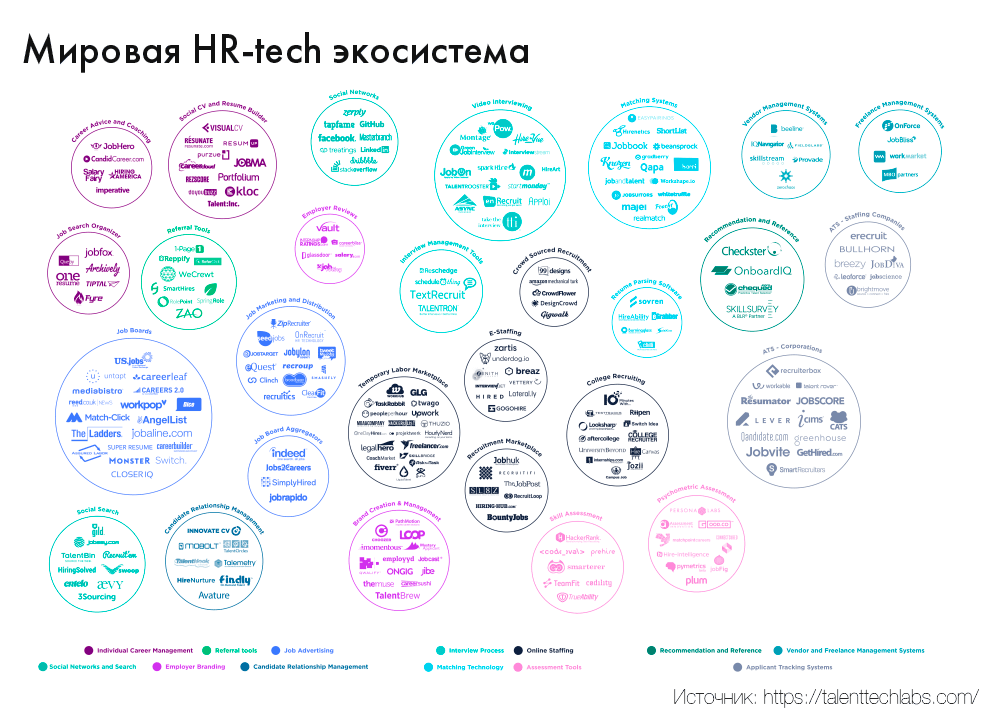

We are surprised (mildly) when we hear that many Russian HR technologies have begun to be used in the West. Large work sites continue to broadcast the idea that we are simply moving the global HR-tech community forward, overcoming sanctions and Western bureaucracy. Yeah.
We will share our vision, what we notice and what makes us worried . The existence of the following obstacles makes the market for HR technologies in Russia the way it is:
And the problem here is the lack of awareness of HRs and decision makers about modern technologies and tools.
Six months ago, we published in our blog material on HR analytics . They also conducted a survey on which indicators of HRs are regularly monitored. The results turned out to be disappointing (for us): about 27% of HR's do not use analytics at all, that is, they do not calculate the cost of a closed vacancy, do not investigate the effectiveness of channels for attracting candidates, do not study employee involvement in work. Only 30% use one or two indicators in their work.
Here is a screenshot of the survey results:
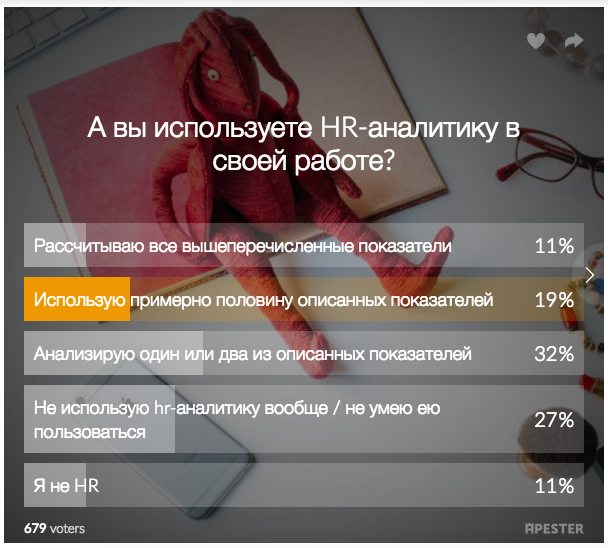
In general, we cannot even embed Small Data into a business yet, but we’re all talking about Big Data. Again, I want to return the company from heaven to earth.
Well, the second obstacle here is the cost of technology. Not all companies are willing to spend money on new tools and technologies, as well as on HR-branding, which we'll talk about in the article. And the myth about the high cost of ATS has yet to be dispelled, because when you pay for the platform, you need to take into account what you will save on now:
// On the promotion of the employer's brand - at the very least by carrying out continuous communication with the candidate and creating his platform for responding to vacancies. In some systems it is possible to create your own career site and branded application form.
// At the closing of a vacancy - analytics will allow to calculate effective channels of communication with candidates, and involving the team in the decision-making process will help avoid fuss and misunderstanding.
// Time - it will be easier to communicate with candidates and colleagues.
The process of making decisions on the purchase and implementation of platforms can be delayed for months and years at a time when companies are losing money that could already be spent on attracting top candidates. And technology as nothing else requires a fairly rapid decision-making.
Some companies that already use any tool are even more cumbersome. They may have different reasons and arguments: from the fear of losing the candidate database when unloading from the existing platform to not wanting to adapt to a new tool. Technology still scares so many who have to fight, explaining and talking about how tools can affect a variety of performance indicators.
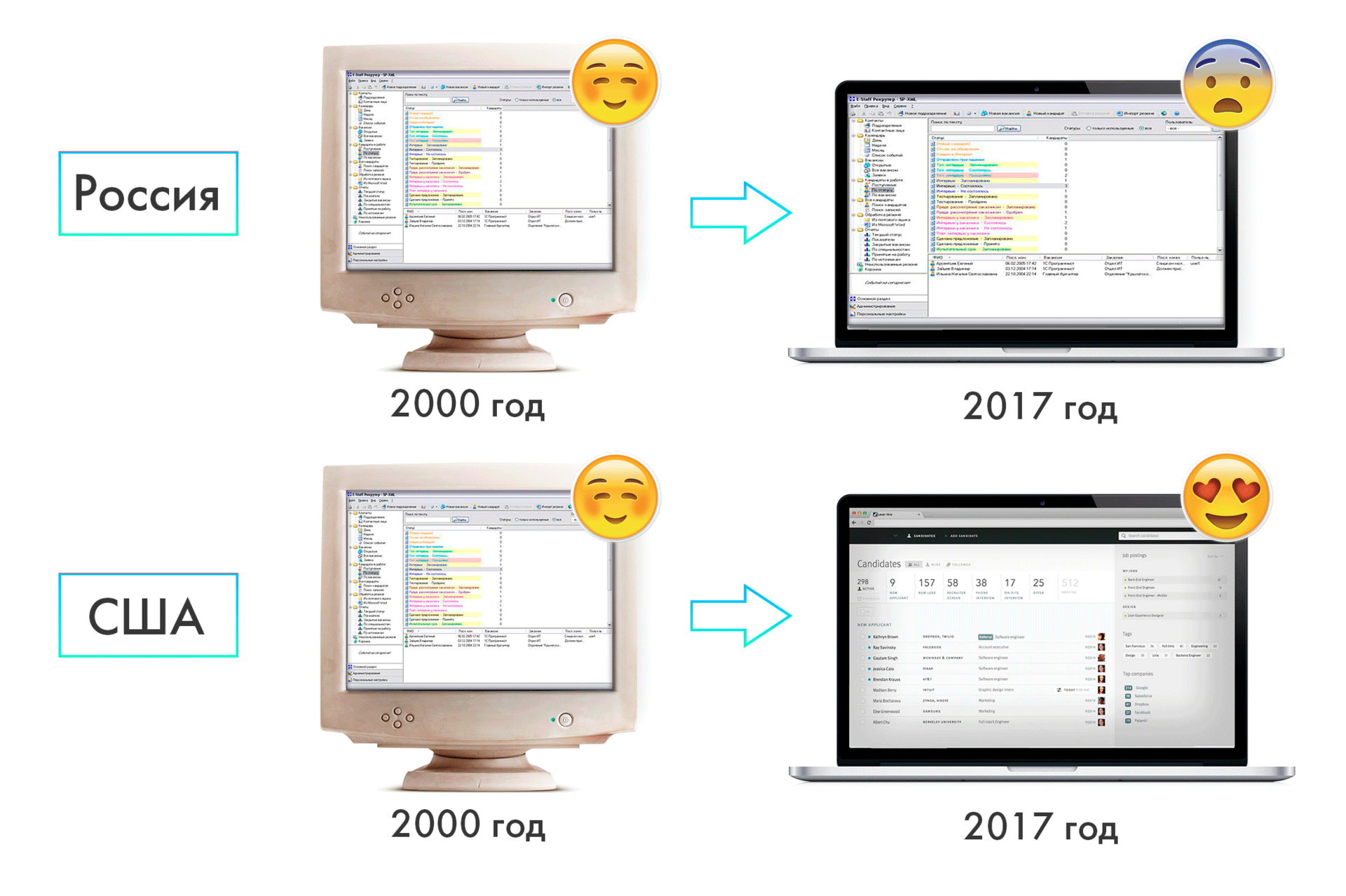
There is another significant "but." Some boxed ATS, which companies have been using for 10+ years, are very difficult to integrate with other useful services. Documented REST API? No, not heard. It turns out that the “closeness” of the system used by the company does not allow users to combine all the platforms important for it to work. This does not help developing innovative services at all. For example, you create a cloud service for testing candidates with gamification elements. How to integrate with the box solution, which is updated every few years by reinstalling (reinstalling, Karl!)?
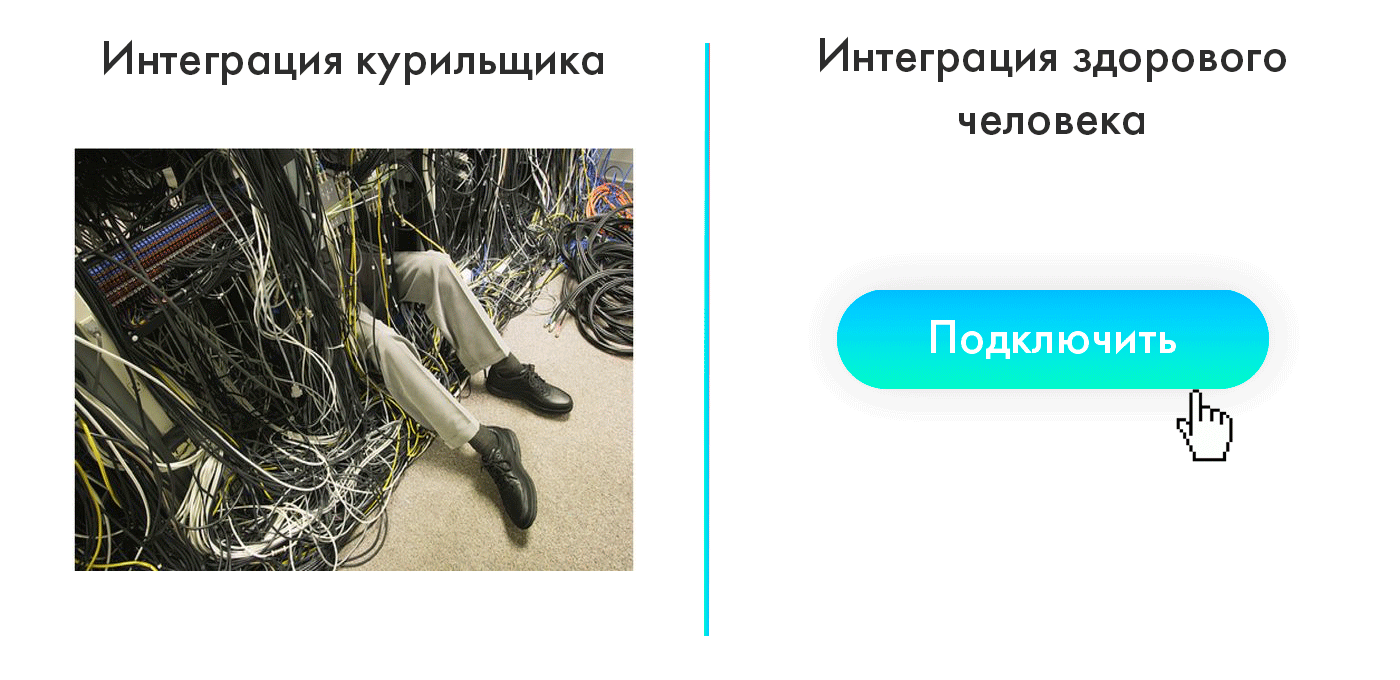
What companies face more often than it seems is not the ones who will continue to use them to make purchase decisions or even to test new tools for work. IT department, for example. They “install” the selected system, controlling its implementation from a security point of view.
Everything happens differently when it comes to cloud solutions. Here you do not need the help of the IT department to start working with this or that platform. Installation is not required, as well as regular updates. This is what gives HR'am the opportunity to make decisions about convenient tools for work.
Therefore, HR departments have yet to learn to take the initiative and, returning to the first point, to learn more about modern platforms for work.
As there are no more “yellow pages”, so there will be no “personnel pages”. The personnel department is not only the selection, control of vacations and paperwork. Formation and development of corporate culture, search and adaptation of employees, recruitment marketing, employee involvement in the work and this is not all new responsibilities and tasks of the HR department.
In the West, this transition was smoother and more consistent. Due to understandable circumstances in Russia, all of this (as well as business development) occurs in # URGENT mode. And so it is again strange to talk about tools based on algorithms of artificial intelligence, when not everyone has managed to switch to modern HR rails. And again the question arises that the market is changing and all its participants will also be forced to accept new rules one way or another: to gain knowledge and develop.
Briefly about the attitude to the search for talents in the West and with us:
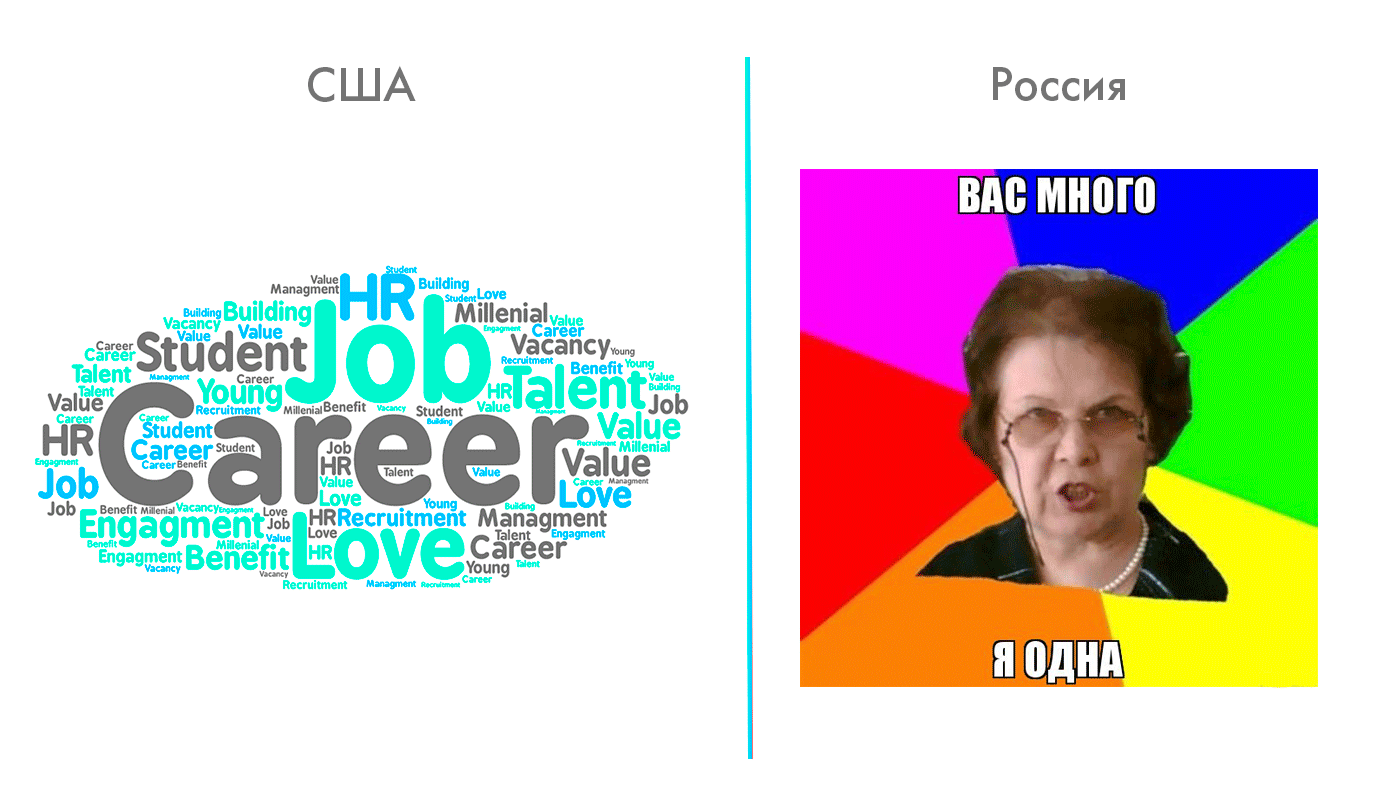
HR-technologies in the West have become a huge profitable area precisely because companies (and investors there too) are ready to invest money in it. Companies understand that people are the most valuable capital that really helps companies grow and makes profit. The vicious circle spins and turns. The war for talents is in full swing and in it the factor of increasing the salary is no longer the most important. The employer brand, corporate culture, buns, and so on are used. This, of course, comes to Russia quite swiftly. We too spin!
We constantly monitor interesting HR-branding cases in the West and never cease to be surprised. At the end of 2016, summing up, we wanted to talk about what was remembered most and surprised us. There was no doubt - this is the game Heineken . As for the Russian companies, only the video of the Sokol web studio was heard at the hearing.
As it turned out later, there were some interesting cases. For example, we learned about the competition of game designers ZeptoLab Game Designer Challenge 2016 . The guys offered everyone to take the test, having worked in conditions of hellish chaos. As far as we know, this brought the company results in the form of cool game designers and a blooming HR brand. I want to hear more about such practices, I want companies to share more of their experiences and talk about the practice of attracting candidates, constantly inventing something new. After all, it really can be useful to all.
We did not want this material to be about how bad everything is. We want the HR community to soberly assess the capabilities of HR technologies now and really help move it forward. There is no doubt that for this we have everything. First of all - interest, what you are all real proof of.

The first significant difference in the market for HR technologies in the world and in Russia is the scale. We must very soberly assess the possibility of the emergence of some fundamentally new technologies where there is diversity and where it does not exist.
Just look at the two eco-systems (not all companies are here, but that's not the point):
')


We are surprised (mildly) when we hear that many Russian HR technologies have begun to be used in the West. Large work sites continue to broadcast the idea that we are simply moving the global HR-tech community forward, overcoming sanctions and Western bureaucracy. Yeah.
We will share our vision, what we notice and what makes us worried . The existence of the following obstacles makes the market for HR technologies in Russia the way it is:
They are not able, not ready, do not know
And the problem here is the lack of awareness of HRs and decision makers about modern technologies and tools.
Six months ago, we published in our blog material on HR analytics . They also conducted a survey on which indicators of HRs are regularly monitored. The results turned out to be disappointing (for us): about 27% of HR's do not use analytics at all, that is, they do not calculate the cost of a closed vacancy, do not investigate the effectiveness of channels for attracting candidates, do not study employee involvement in work. Only 30% use one or two indicators in their work.
Here is a screenshot of the survey results:

In general, we cannot even embed Small Data into a business yet, but we’re all talking about Big Data. Again, I want to return the company from heaven to earth.
Well, the second obstacle here is the cost of technology. Not all companies are willing to spend money on new tools and technologies, as well as on HR-branding, which we'll talk about in the article. And the myth about the high cost of ATS has yet to be dispelled, because when you pay for the platform, you need to take into account what you will save on now:
// On the promotion of the employer's brand - at the very least by carrying out continuous communication with the candidate and creating his platform for responding to vacancies. In some systems it is possible to create your own career site and branded application form.
// At the closing of a vacancy - analytics will allow to calculate effective channels of communication with candidates, and involving the team in the decision-making process will help avoid fuss and misunderstanding.
// Time - it will be easier to communicate with candidates and colleagues.
Sluggish companies and platforms
The process of making decisions on the purchase and implementation of platforms can be delayed for months and years at a time when companies are losing money that could already be spent on attracting top candidates. And technology as nothing else requires a fairly rapid decision-making.
Some companies that already use any tool are even more cumbersome. They may have different reasons and arguments: from the fear of losing the candidate database when unloading from the existing platform to not wanting to adapt to a new tool. Technology still scares so many who have to fight, explaining and talking about how tools can affect a variety of performance indicators.

There is another significant "but." Some boxed ATS, which companies have been using for 10+ years, are very difficult to integrate with other useful services. Documented REST API? No, not heard. It turns out that the “closeness” of the system used by the company does not allow users to combine all the platforms important for it to work. This does not help developing innovative services at all. For example, you create a cloud service for testing candidates with gamification elements. How to integrate with the box solution, which is updated every few years by reinstalling (reinstalling, Karl!)?

Lack of independence
What companies face more often than it seems is not the ones who will continue to use them to make purchase decisions or even to test new tools for work. IT department, for example. They “install” the selected system, controlling its implementation from a security point of view.
Everything happens differently when it comes to cloud solutions. Here you do not need the help of the IT department to start working with this or that platform. Installation is not required, as well as regular updates. This is what gives HR'am the opportunity to make decisions about convenient tools for work.
Therefore, HR departments have yet to learn to take the initiative and, returning to the first point, to learn more about modern platforms for work.
Professional change
As there are no more “yellow pages”, so there will be no “personnel pages”. The personnel department is not only the selection, control of vacations and paperwork. Formation and development of corporate culture, search and adaptation of employees, recruitment marketing, employee involvement in the work and this is not all new responsibilities and tasks of the HR department.
In the West, this transition was smoother and more consistent. Due to understandable circumstances in Russia, all of this (as well as business development) occurs in # URGENT mode. And so it is again strange to talk about tools based on algorithms of artificial intelligence, when not everyone has managed to switch to modern HR rails. And again the question arises that the market is changing and all its participants will also be forced to accept new rules one way or another: to gain knowledge and develop.
Ignore the war for talent
Briefly about the attitude to the search for talents in the West and with us:

HR-technologies in the West have become a huge profitable area precisely because companies (and investors there too) are ready to invest money in it. Companies understand that people are the most valuable capital that really helps companies grow and makes profit. The vicious circle spins and turns. The war for talents is in full swing and in it the factor of increasing the salary is no longer the most important. The employer brand, corporate culture, buns, and so on are used. This, of course, comes to Russia quite swiftly. We too spin!
We constantly monitor interesting HR-branding cases in the West and never cease to be surprised. At the end of 2016, summing up, we wanted to talk about what was remembered most and surprised us. There was no doubt - this is the game Heineken . As for the Russian companies, only the video of the Sokol web studio was heard at the hearing.
As it turned out later, there were some interesting cases. For example, we learned about the competition of game designers ZeptoLab Game Designer Challenge 2016 . The guys offered everyone to take the test, having worked in conditions of hellish chaos. As far as we know, this brought the company results in the form of cool game designers and a blooming HR brand. I want to hear more about such practices, I want companies to share more of their experiences and talk about the practice of attracting candidates, constantly inventing something new. After all, it really can be useful to all.
So, what is next?
We did not want this material to be about how bad everything is. We want the HR community to soberly assess the capabilities of HR technologies now and really help move it forward. There is no doubt that for this we have everything. First of all - interest, what you are all real proof of.
Source: https://habr.com/ru/post/323798/
All Articles